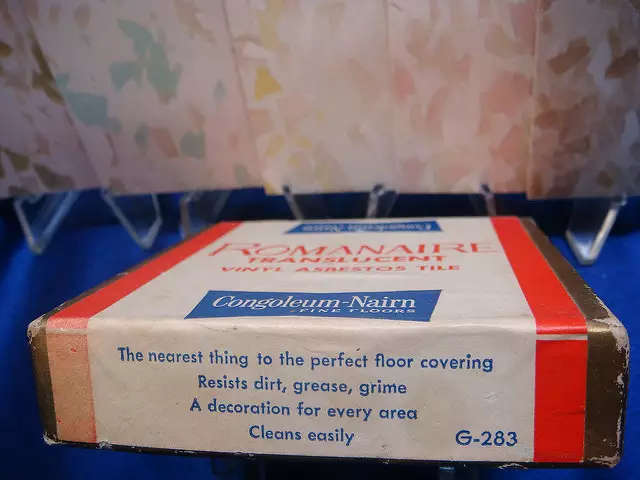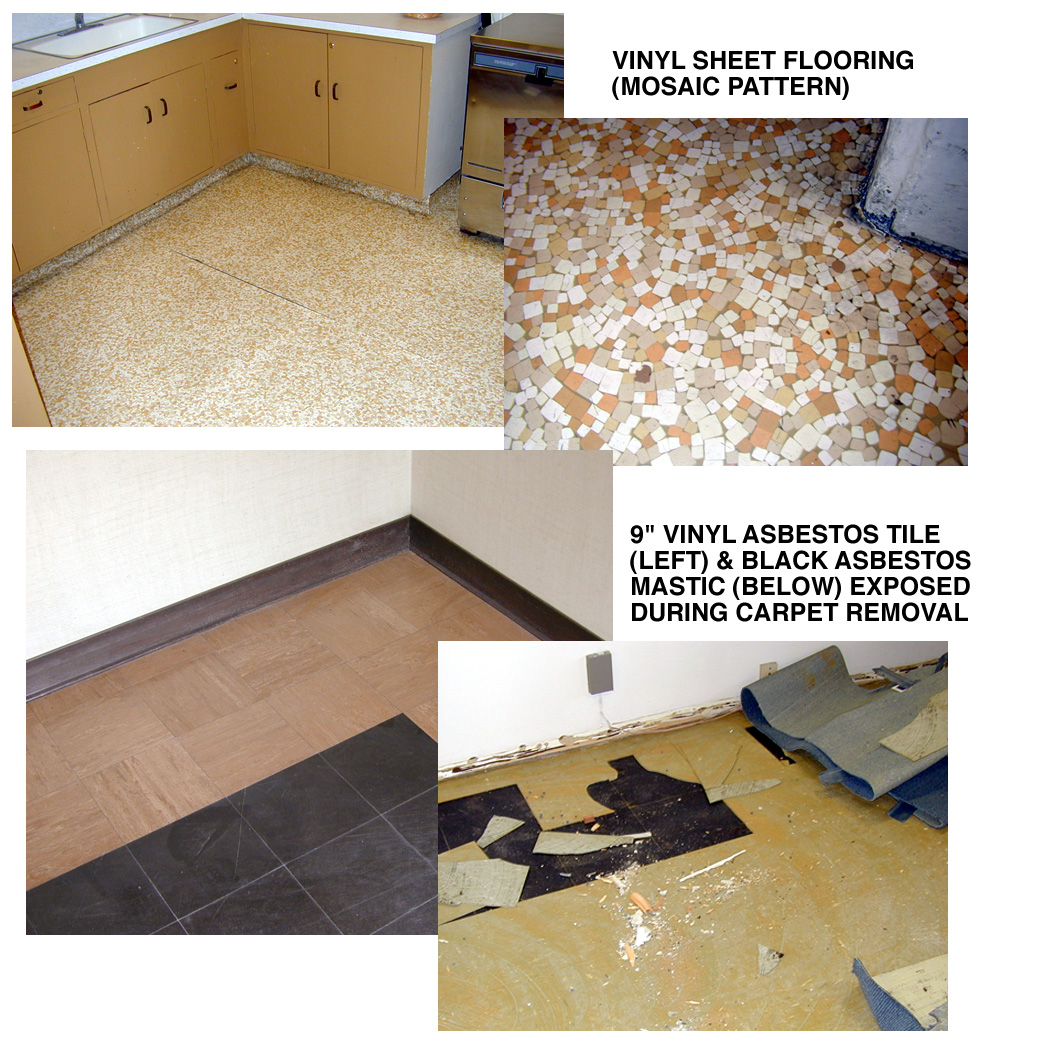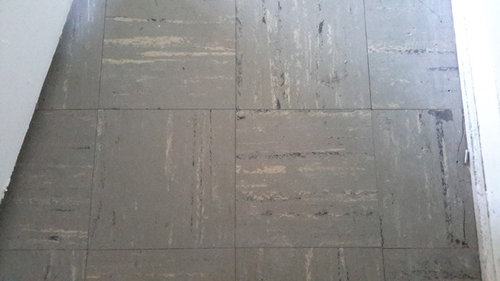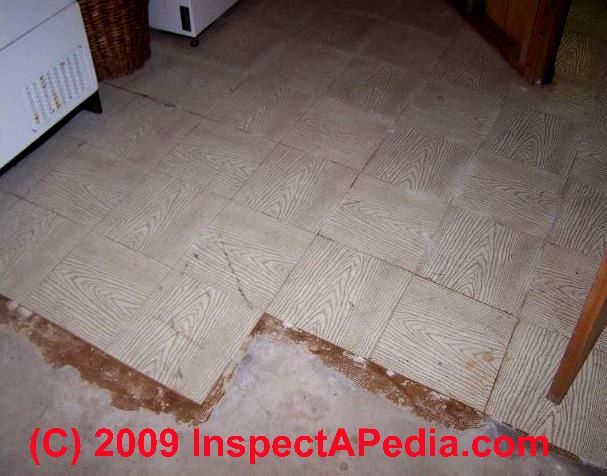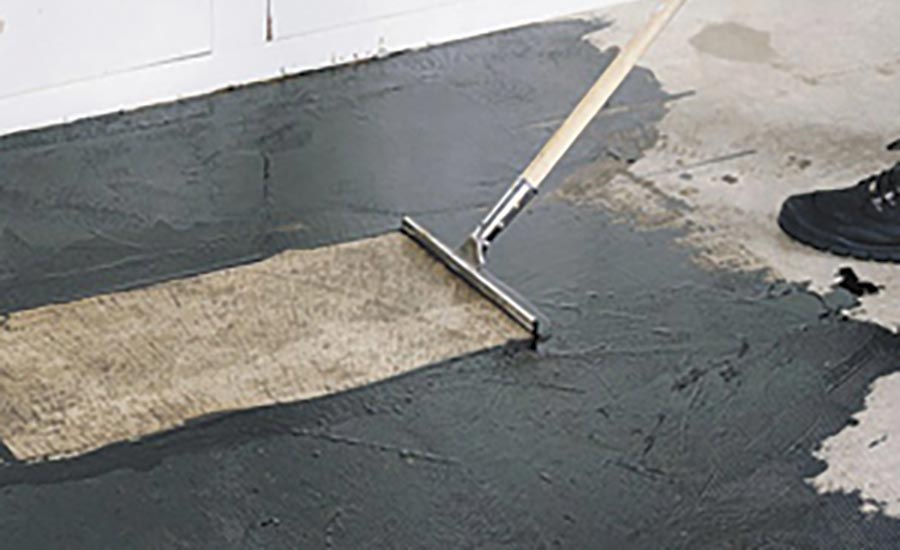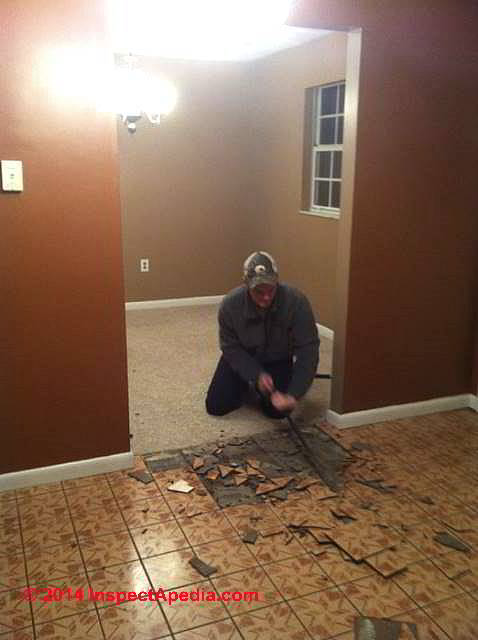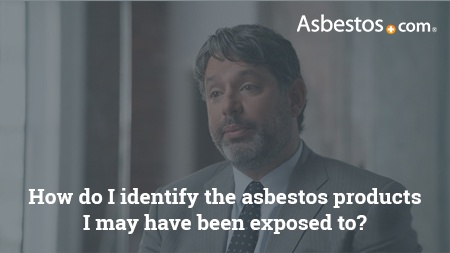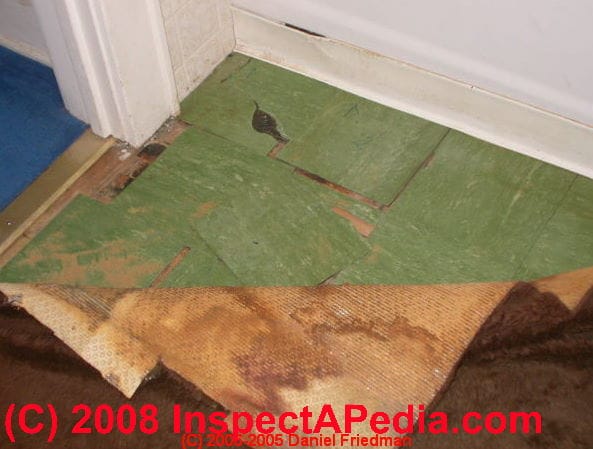Asbestos adhesive was used for asphalt flooring tiles and vinyl or linoleum sheet tile because it strengthened the flooring and made it more durable.
Is there asbesyos in vinyl nase glue.
Therefore if your house was built or remodeled around 1984 or before there is a chance that black mastic adhesive on your floor may contain asbestos.
How to recognize roof or floor adhesive mastic or sealant that may contain asbestos.
My father wasn t particularly concerned about this when i asked him.
Asbestos dust can be minimized by wetting the adhesive material and then scraping it by hand but even then the professional must be wearing protective gear and a hepa mask to stay safe from asbestos exposure.
Containing between 15 and 85 percent asbestos these adhesives were manufactured mostly in the first half of the 20th century.
While an expert test by a certified asbestos testing lab is required for sure identification of the asbestos content of most materials.
However some companies produced asbestos adhesives as late as 1984.
Possible signs of asbestos mastic include discoloration and an oily texture.
But then asbestos was found to be a health hazard.
He said that asbestos in flooring was more in the 1950s and thought that the sheet vinyl was probably a replacement floor anyway.
If your building was built before 1980 mastic mixed with asbestos may have been used to seal your tiles to the floor.
My concern is that there may be asbestos behind the sheet vinyl perhaps in the paper backing or glue adhesive.
Mastic is a type of glue used to adhere tiles and vinyl flooring to the subfloor.



